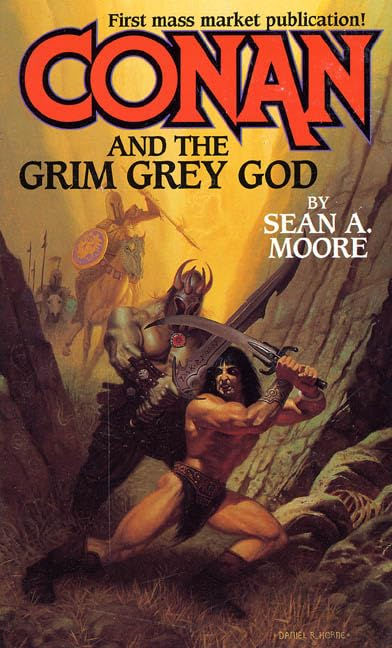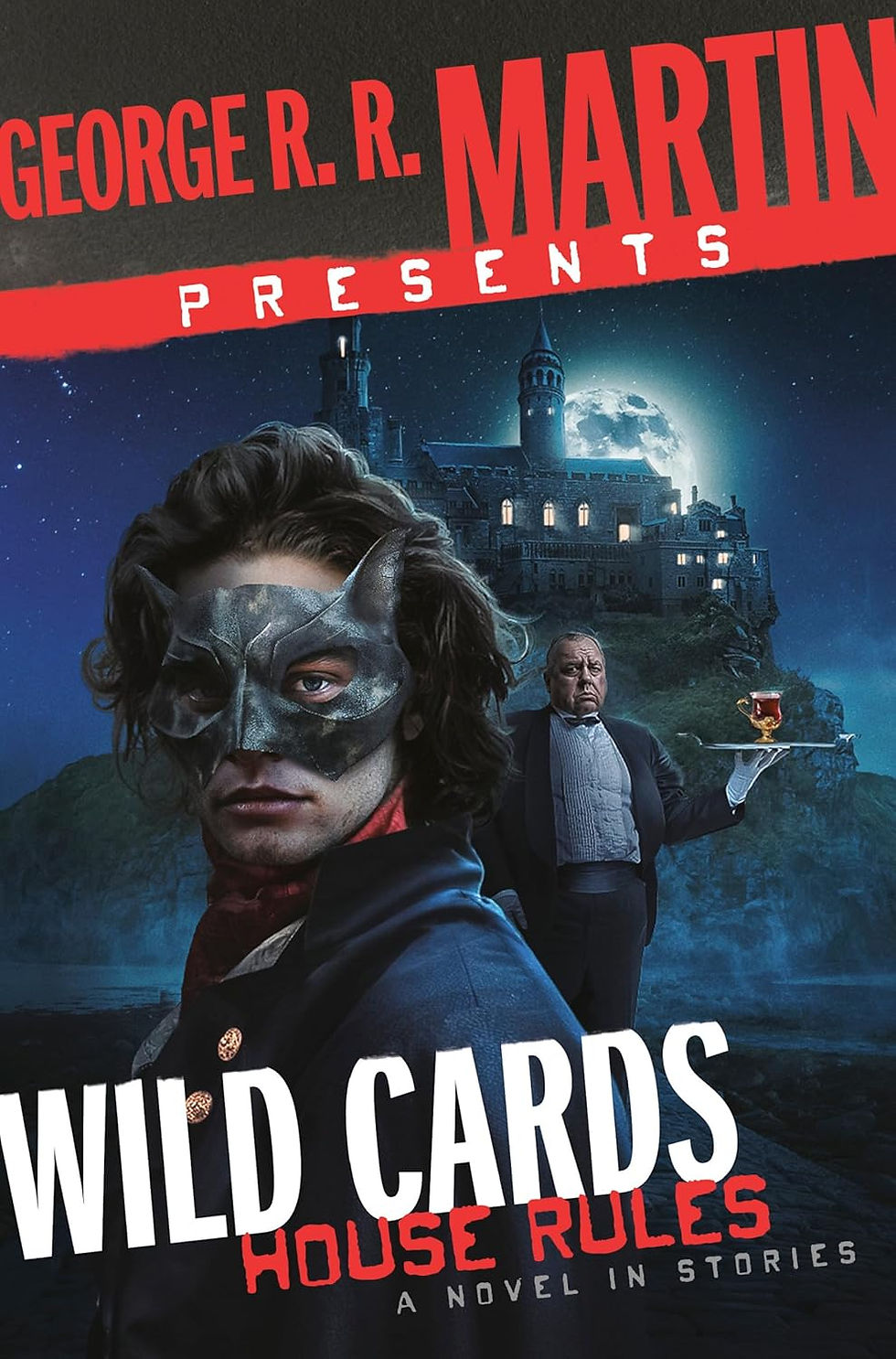When Mom says "We have Conan at home!"
- cyborgcaveman
- Feb 4, 2023
- 2 min read
Updated: Apr 11, 2023
Thongor in the City of Magicians

by Lin Carter
Miles better than his last outing, Thongor in the City of Magicians avoids many of the pitfalls that beset the earlier books. For one thing, Thongor is obviously the star of his own story. A meat and potatoes adventure in classic sword-and-sorcery style, the plot is straightforward with few surprises but plenty of introspection-free action.
Warned of danger by the gods, Thongor seeks out magic crystals for use in the final battle with Zaar. The titular city of magicians, though magicians sounds a little too harmless, Zaar is a proto-industrial hellhole, home to necromancers and ancient super science. Thongor escapes the magicians' henchmen into a series of weird subterranean caverns. Captured by Mardanax, lord of Zaar, Thongor is given a whirlwind tour of the city's infernal weapons factory then thrown into a dungeon to await death. A climactic battle ensues, one more satisfying than the anticlimactic misfire of Thongor Against the Gods.
Unfortunately, the book is plagued with minor editorial issues: feeled [sic] instead of felled, stroked instead of stoked, and so on. A callback to the works of Robert E Howard and H.P. Lovecraft which inspired Lin Carter, capitalization is frequently employed to denote the Power of a Thing. Inexplicably, Chapter Eight has no title. Many of the descriptions of characters and locations are repetitive, eating up page space and boosting the all-important word count. There is also a wild over-reliance upon the adjective grim.
A potentially exciting showdown with Maldruth "of the mighty thews", becomes a sham fight meant only to illustrate the awesomeness of Thongor. Supposedly as much a swordsman as a sorcerer, Maldruth is a paper tiger that presents no real challenge. A secret traitor in Thongor's capital city is mentioned once and never again. This is actually a set up for the next book, no crime there. However, instead of a tantalizing mystery, the traitor's identity is revealed right away. Spoiler: it isn't one of Thongor's inner circle, just another two-dimensional bad guy.
I have said it before and will say again, Carter was a well known editor, but Carter the author needed a good editor of his own. However, the Thongor saga noticeably improves with each book. The next volume in the series, which I will review soon, continues this upward trend. The original Paperback Library edition features a well known cover by Frank Frazetta. For this article I instead chose to feature the less familiar Warner Books edition. The clumsier, more idiosyncratic art is a better fit for Thongor. As mentioned in a previous review, seeing Frazetta's covers conjures up a different book than the one ahead of you.



Comments